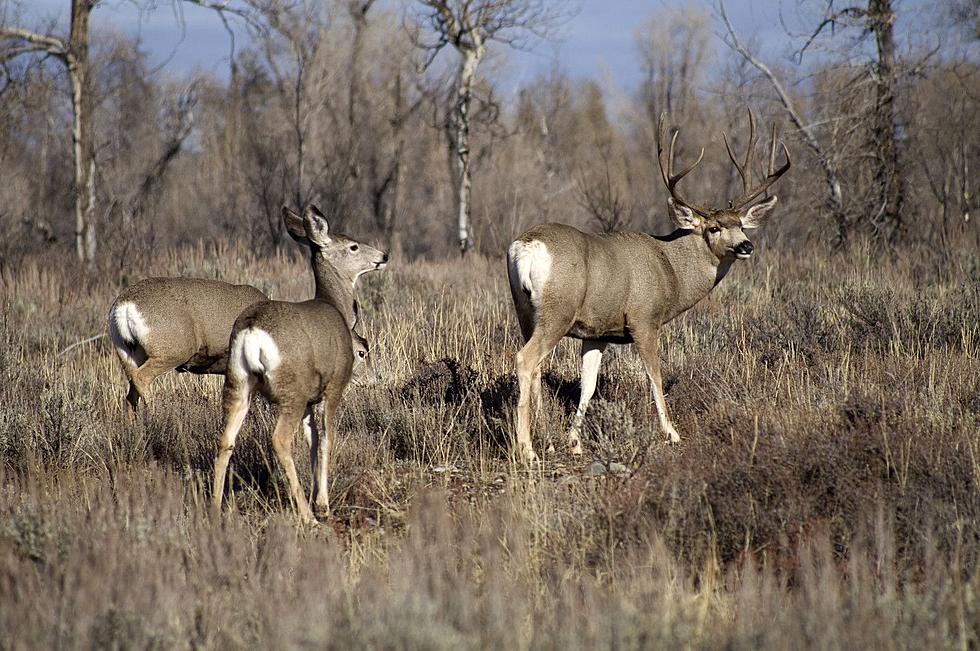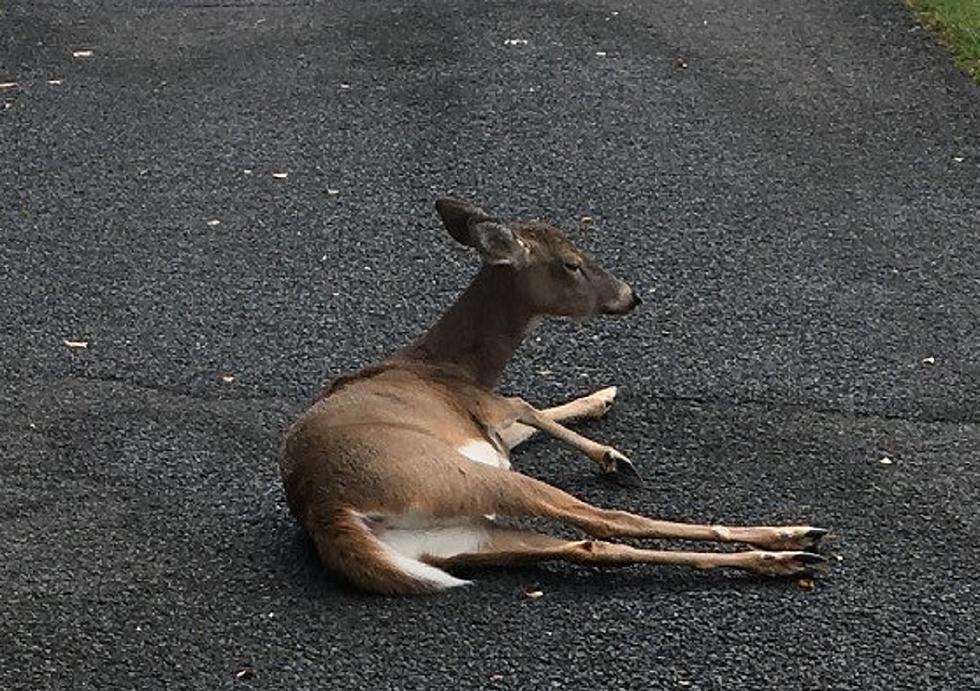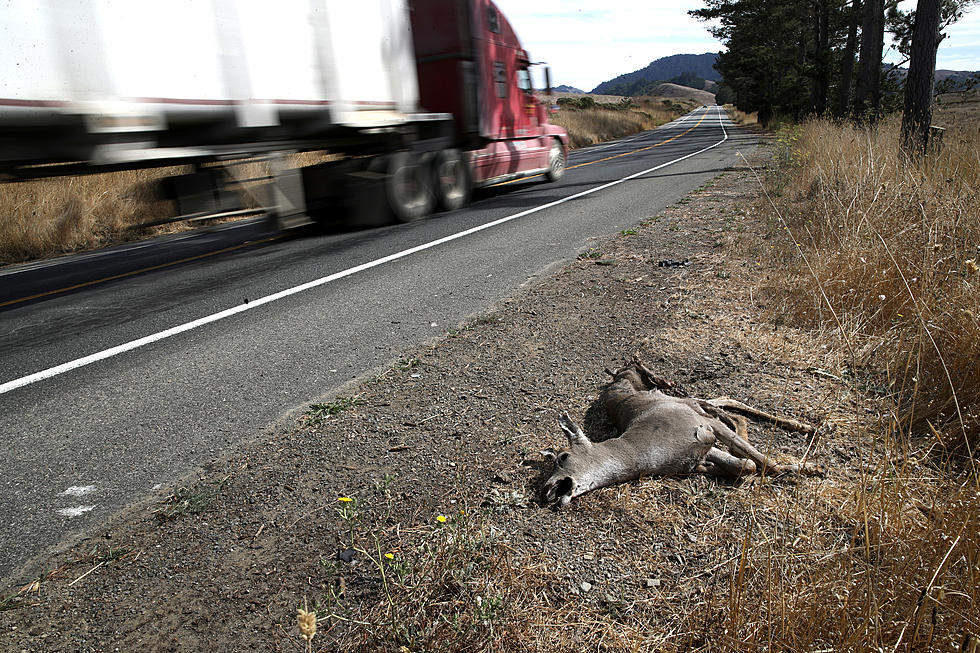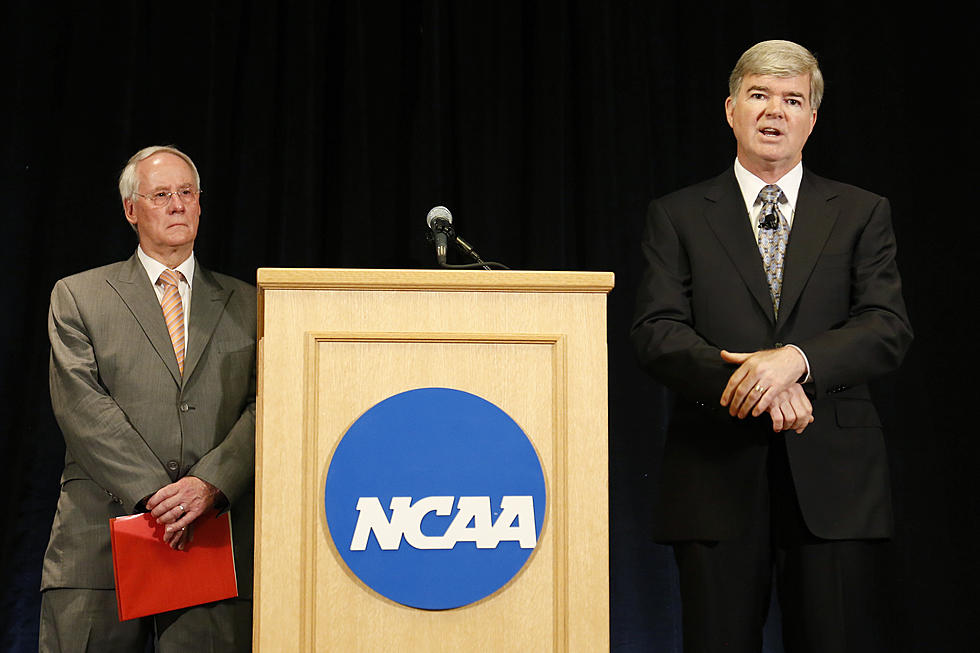
Deer Popping Up in Unlikely Places in South NJ
They emerge from the woods to roam in groups, or to wander alone, but one thing is for certain -- they are coming. They are southern New Jersey's deer, which are common along local roads at dusk and sunset this time of year.
As neighborhoods encroach on the deer's habitat, there have been more encounters between deer and people -- often with deadly consequences. On Oct. 4, a Richard Stockton College of New Jersey student died when the car he was traveling in struck a deer and left the road in Galloway Township, police said. Recently at Rowan University in Glassboro, Gloucester County, a deer crashed through several plate-glass windows before being shot by police.
Many times, deer have shown up in places where they haven't been spotted in decades --such as Absecon Island, where a deer that reportedly caused at least one accident was later shot by Atlantic City police after a three-hour pursuit earlier this month.
"It's a density-dependent phenomenon," said state Fish and Wildlife supervising biologist Carole Stanko. "We're the most densely populated state in the country. There's millions of people, there's millions of cars, and we also have a large deer population. The two are not a good mix."
Still, while the amount of deer-vs.-car incidents is relatively high, the number has actually been dropping. Stanko said that State Farm Insurance, which creates an industrywide projection of the number of deer-related accidents in each state, reported that an estimated 30,866 accidents in New Jersey involved deer in 2010 -- a 3 percent decline from the previous year.
"That was the second year in a row it was down," Stanko said. "But other than that, it's usually up and down."
While deer entering traffic are especially dangerous along high-speed roads such as the Garden State Parkway, even local one-lane roads can be hazardous if a deer wanders onto the blacktop.
In the Stockton incident, a car driven by 21-year-old Joao Simoes of Newark struck a deer and swerved into trees several hours after sunset. The crash killed his passenger, Joseph Miller, of Medford Township, Burlington County.
Stockton Police Chief Glenn Miller said the crash was the first fatal accident at the campus since 1988. Lesser accidents involving deer are relatively frequent, however, with 10 deer reported hit on campus roads in the past 12 months -- although only four were major enough to require a full accident report.
"To me, there's always been deer around here, and you always have to be careful driving along Vera King Farris Drive," said Stockton spokesman Tim Kelly of the winding main entrance to the college. "Occasionally, they do dart out into the roadway."
The incident in Atlantic City was much more unusual. After months of a deer being spotted in Ventnor and Margate, a deer made an appearance in Chelsea Heights on Oct. 14 before it appeared in Chelsea the next morning.
Christine Mora, of Ventnor, said her son was driving home from Atlantic City that morning when "a deer pretty much jumped in front of his car. He swerved to avoid hitting it and crashed into a parked vehicle" -- where he was immediately swarmed by numerous police cars involved in the already-ongoing deer chase.
"A lot of people questioned the rationale for shooting the deer," Mora said. "Well, it was because it was wreaking havoc throughout the city."
But what can be done to reduce the deer population before it gets to that point -- an officer using a gun to "neutralize" a threat to public safety? The state is trying to do its part in limiting the deer's numbers. Stanko notes New Jersey has "one of the most liberal deer-hunting seasons in the country" -- 5 1/2 months between September and February -- in which two-thirds of the state has no limits on the number of antlerless deer a hunter can bag.
That's a policy in direct contrast to other Northeastern states, such as those in New England, which Stanko said are not trying to decrease the population. "They're trying to grow it," she said.
Then there is the other method being used to limit the population -- deer contraception. The state recently licensed a chemical called Gonacon to limit reproduction in deer, although Stanko said there are a few caveats.
"It's intended for use with captive herds in mind," Stanko said. "It's not practical for the free-ranging deer population.
(And) Gonacon can only be administered to adult does -- not fawns -- but there are a large number of fawns breeding in New Jersey. It has a 70 percent efficacy rate -- so with a large number of fawns and 30 percent of adults breeding, there's still a large population."
Also, the contraceptive does not reduce the population immediately -- it only slows its growth. "Even if it was 100 percent effective, you'd still have to wait for deer to die of old age (to see reductions)," she said. "So it has to be used in conjunction with `lethal methodology."'
But of course, there always will be incidents in which deer end up in busy areas -- including some surprising places. "We've had deer running through Jersey City and Hoboken," said state Department of Environmental Protection spokesman Larry Ragonese after the Atlantic City incident. The DEP and its Fish & Wildlife Division have been called to the scene of such animal encroachments, he said, but the incidents usually are handled at the discretion of local authorities.
"We don't have enough personnel around the state to deal with individual cases of deer," Ragonese said. The best thing a driver can do is simply pay attention. Mary Zaccagnino, the head cashier at the Galloway Salad Works -- right down the road from Stockton -- said she is extra careful while driving home.
"I drive a little slower," said Zaccagnino, of Egg Harbor City. "I'm on the lookout. ... They're usually right along the side. They don't really disturb you."
More From New Jersey 101.5 FM








![Paterno Statue Removed, NCAA Sanctions To Be Announced [VIDEO/POLL]](http://townsquare.media/site/385/files/2012/07/joe-paterno-statue-2.jpg?w=980&q=75)
